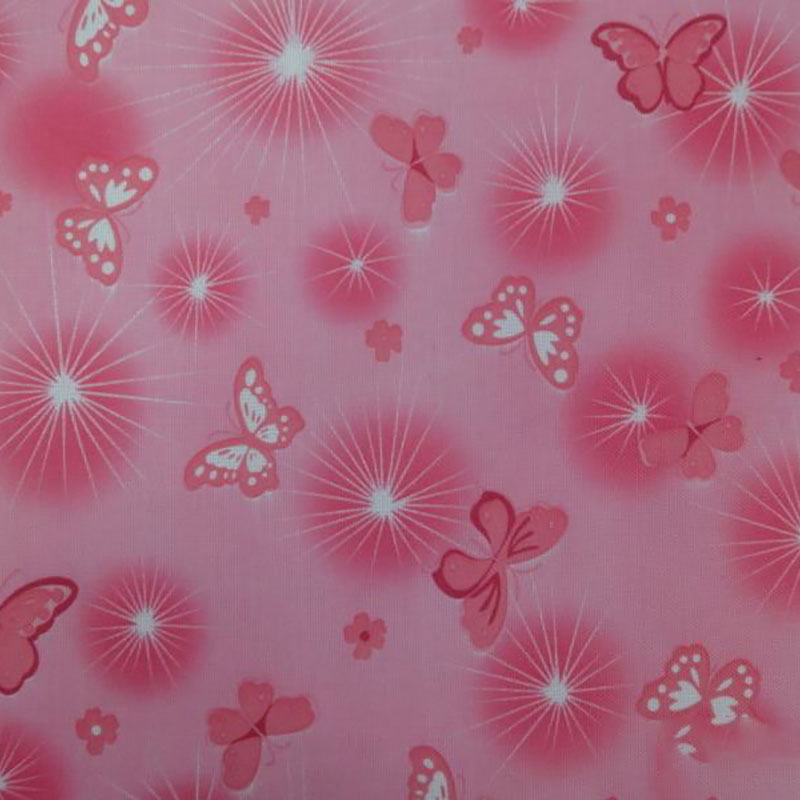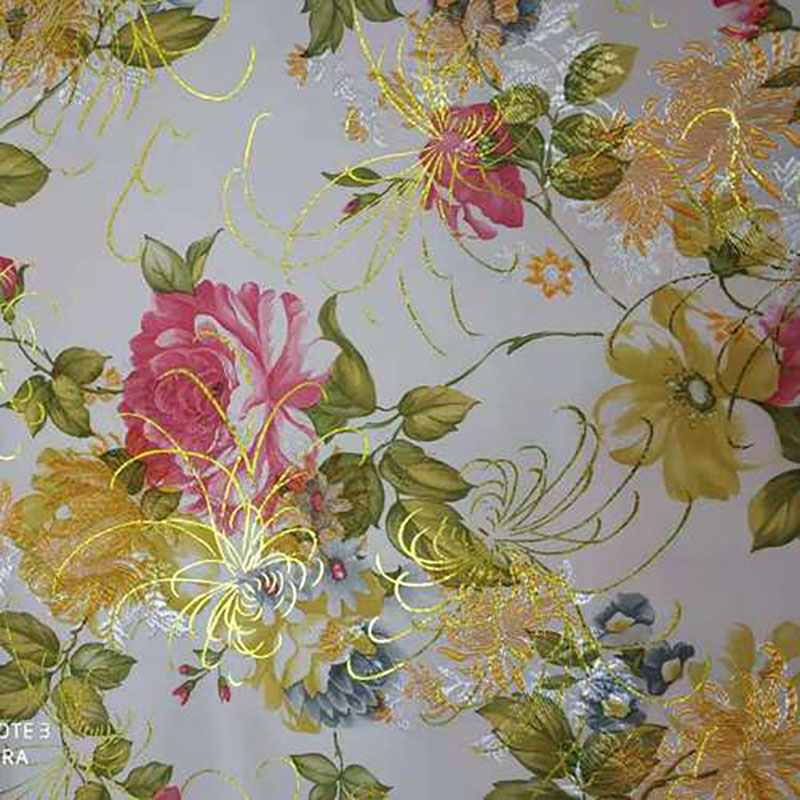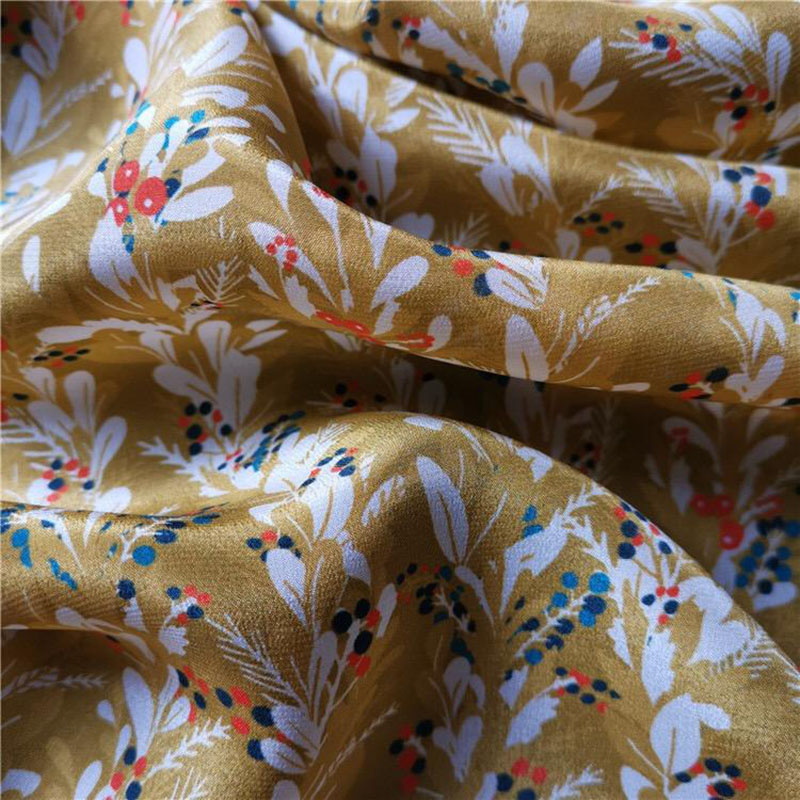In today's global context of sustainable development, the textile industry must also keep up with this trend. As the leader of the marketing team, I know that environmentally friendly fabric production processes not only meet market demand, but are also an inevitable choice for the future development of the industry. In this article, I will discuss the production process of environmentally friendly fabrics in chronological order.
First, looking back over the past few decades, traditional fabric production often involves a lot of chemicals and resource waste. However, with the advancement of technology and the improvement of consumers' environmental awareness, more and more companies are beginning to explore the production process of environmentally friendly fabrics.

Secondly, in recent years, researchers have innovatively developed a series of sustainable production processes, including the use of renewable raw materials, such as organic cotton and bamboo fibers, and pollution-free dyeing techniques, which can achieve a lower environmental footprint by reducing the demand for water and energy.
In order to further promote the application of these environmentally friendly technologies, many brands have begun to cooperate with professional ecological textile factories. Through this cooperation, they not only improve the efficiency of production, but also ensure the eco-friendliness of the output fabrics.

Finally, looking to the future, environmentally friendly fabric production processes will continue to evolve, and eco-friendly materials will occupy a significant share of the market. As a leader of the marketing team, I feel a great responsibility to promote my company's sustainable development to adapt to market changes and consumer needs.

In this green revolution, the production process of environmentally friendly fabrics is not only the reuse of resources, but also a commitment to the future. I look forward to more innovations in the industry and jointly promoting a sustainable future.
